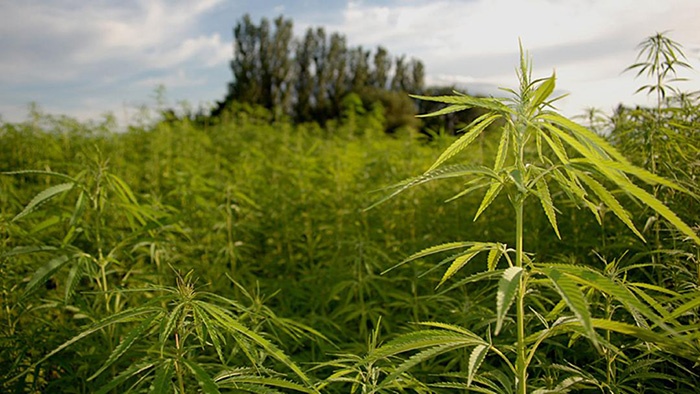
The year was 1938 and a new contraption had just been patented that would remove months of dry rotting required to separate fiber from the hemp plant. What had, for millennia, been a seasonal process to rot the fiber out of the hemp stalks, had now become an afternoon of labor; a development that had huge implications for a number of already prosperous industries, from paper production to fuel.
In today’s article we’re going to take a break from head shops, pipe stores, vaporizers and water pipes and take a quick look into the outstanding qualities of industrial hemp: an industry with unparalleled potential that was burnt down before it ever had the chance to grow.
Denver Could Be Running on Hemp Fuel
Anybody reading this blog should certainly be familiar with the medicinal value of cannabis (if not, at least it’s recreational properties) but did you know that cannabis has incredible potential as a fuel source as well? The fact is that any vegetable or vegetative plant matter can be used for fuel. Called “biomass conversion,” the process is basically just a fancy word for burning things and using the thermal energy for fuel. This can include burning anything from raked leaves to reefer trees, but the efficiency of the process is determined by the material used. Coal, for example, has been a staple for centuries because the potential energy in a small lump is greater than most other fuel sources of the same size and mass. Ethanol is another byproduct of plants, an alcohol that can be burnt or used in a number of other products and processes.
Cannabis just happens to be the hottest burning plant on the planet, making it ideal for biomass conversion. The plant has a number of other unique properties, too, that make it undeniably superior than other things to burn for fuel, not the least of which is what is does to the soil.
Before the ending of alcohol prohibition made Harry Anslinger start a race war, hemp was an invaluable crop to farmers. Monoculture, the practice of planting only one crop in a field, stresses the soil and depletes whatever nutrients that crop relies on. After a season or two, the soil will be no longer tenable for the original crop and a different crop with different nutritional needs must be used to replace it.
Unless You Have Hemp Seeds
Miraculously, hemp plants actually restore the quality of the soil, and in such a short time that it doesn’t threaten crop yield on the same patch of farm. The thick roots keep sunlight away from the ground preventing weeds to pilfer the precious nutrients and simultaneously aerate the soil.
In recent years proposals have been made to plant industrial hemp on mountaintop removal coal sites, an idea that I think has tremendous merit. Not only does the plant restore nutrition to the soil but the hearty roots also prevent erosion; a major factor after the loss of topsoil.
Not to mention the tremendous amount of co2 the plants absorb, restoring surrounding air quality and diminishing the local carbon footprint.
Put This in Your Bong and Smoke It
In February 1938, the magazine Popular Mechanics, still in publication today, produced an article that praises the wonders of an old crop with exciting new possibilities. Titled “The New Billion Dollar Crop,” the article almost predicts a future utopia based around hemp products, claiming that, even at the infancy of the industry, the plant boasted a surprising number of applications:
“It is used to produce more than 5,000 textile products, ranging from rope to fine laces, and the woody “hurds” remaining after the fiber has been removed contain more than seventy-seven per cent cellulose, and can be used to produce more than 25,000 products, ranging from dynamite to Cellophane.”
Yep, Dynamite…
“Thousands of tons of hemp hurds are used every year by one large powder company for the manufacture of dynamite and TNT. A large paper company, which has been paying more than a million dollars a year in duties on foreign-made cigarette papers, now is manufacturing these papers from American hemp grown in Minnesota. A new factory in Illinois is producing bond paper from hemp. The natural materials in hemp make is an economical source of pulp for any grade of paper manufactured, and the high percentage of alpha cellulose promises an unlimited supply of raw material for the thousands of cellulose products our chemists have developed.”
Racist, Ignorant, Old Laws
The article continues to discuss the then-recent addition of federal laws prohibiting unregulated production of hemp plants.
“Another obstacle is that the blossom of the female hemp plant contains marijuana, a narcotic, and it is impossible to grow hemp without producing the blossom.”
It’s all so wrong on so many levels but the stigma and legislation surrounding even non-psychoactive, industrial hemp is still in place, prohibiting innumerable advances and applications of the plant. The US still imports hemp from China for a number of reasons, recently adding CBD products to the list.
